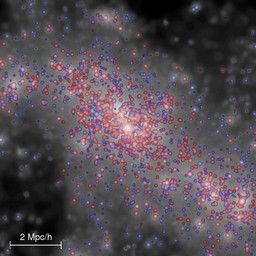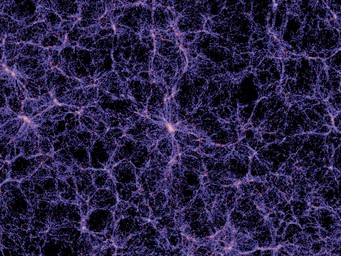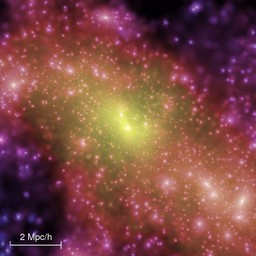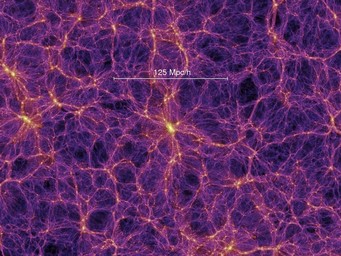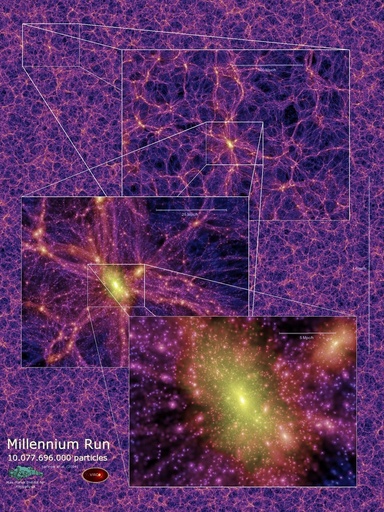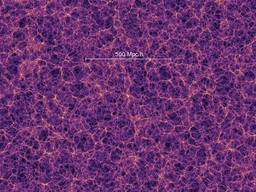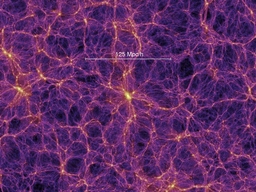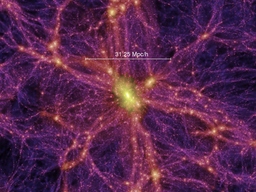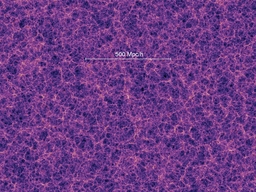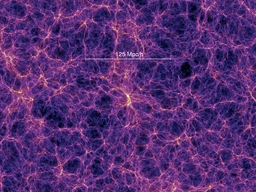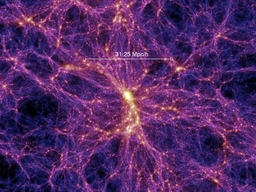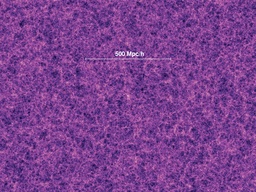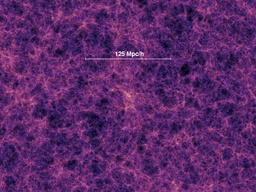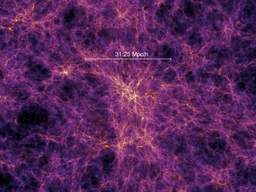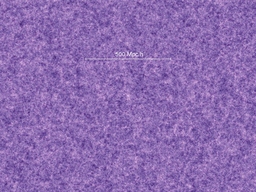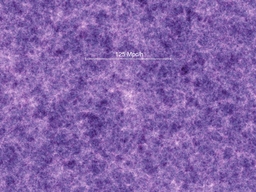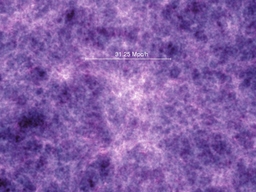
High Quality [mpeg4, 52.1 MB, 1024x768]
High Quality [divx5, 48.6 MB, 1024x768]
Medium Quality [divx5, 13.4 MB, 640x480]
Low Quality [divx5, 10.8 MB, 512x384]
Slow Zoom [divx5, 165.6 MB, 1024x768]
The video data is compressed using divx5 (MPEG4) and has fairly high resolution, such that a fast PC and a good graphics card are required to play them properly. To this end, you can use the 'mplayer' program under Linux. On a Mac, 'quicktime' should work once the divx-codec is installed, available free of charge here. Likewise for `windows mediaplayer'.

